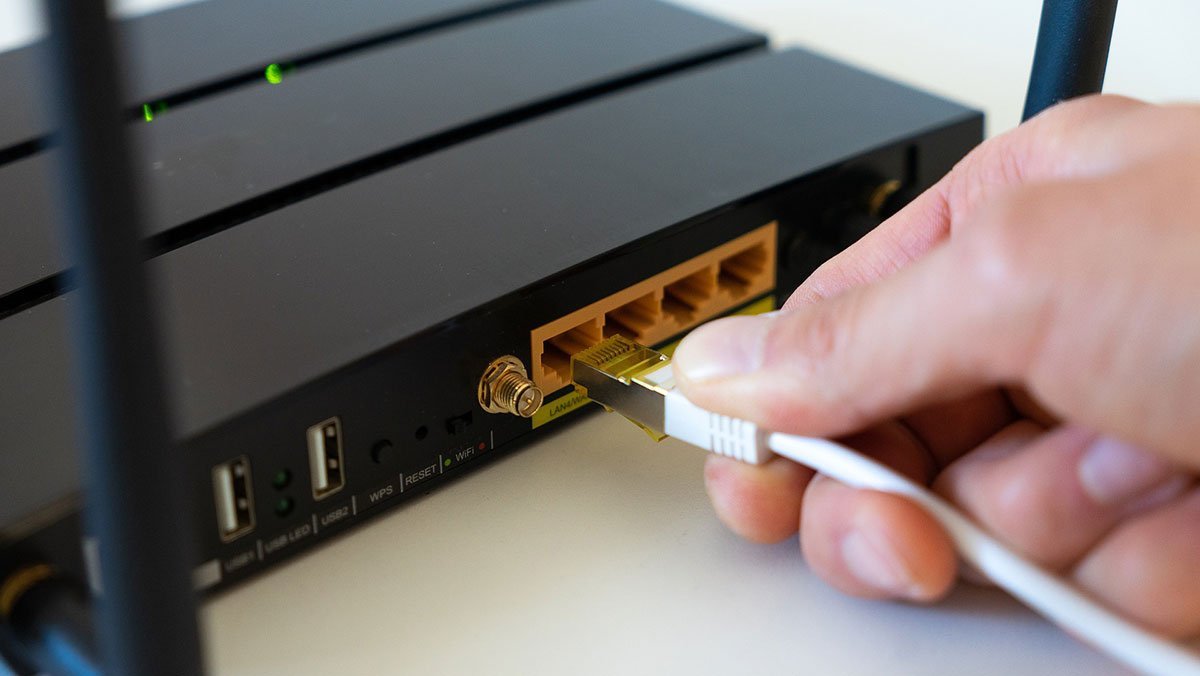Introduction
Recently, a vulnerability was discovered in a common operating system (OS) -Windows 10 and Google Chrome browser that potentially resulted in severe consequences for users. Two cybersecurity researchers discovered the vulnerability and reported it to the company that developed the OS and the browser. The two companies quickly acted upon the information provided by the researchers and released a patch to fix the vulnerability.
Windows 10 Zerologon Vulnerability and how it works
The vulnerability in question was found in the Windows 10 OS, which is used by millions of people all around the world. The vulnerability, known as “Zerologon,” is a security flaw that could allow an attacker to ultimately compromise an entire Windows domain without needing a password. The vulnerability was caused by a weakness in the Windows 10 security protocol, which hackers exploited to access sensitive information.
The quick response of Microsoft in releasing a patch to fix the vulnerability
The Zerologon vulnerability was first reported to Microsoft by a researcher from the cybersecurity company Secura. Upon receiving the report, Microsoft quickly began working on a patch to fix the vulnerability. The patch was released within a few days and made available to users through Windows Update.
Its potential consequences
The Zerologon vulnerability was particularly dangerous because it could allow an attacker to access sensitive information, such as passwords, personal data, and financial information, without needing a password. An attacker could easily compromise an entire Windows domain and access all the information. The vulnerability was also particularly dangerous because it was difficult to detect. An attacker could easily exploit the vulnerability without leaving any trace, making it difficult for security experts to identify and stop the attack.
Importance of updating Windows 10 systems to protect against the Zerologon vulnerability
The patch released by Microsoft to fix the Zerologon vulnerability is an essential step in ensuring the security of Windows 10 users. The patch addresses the weakness in the security protocol exploited by hackers and ensures that the Windows 10 OS is now more secure. Windows 10 users must update their systems as soon as possible to protect themselves from the Zerologon vulnerability.
XSS vulnerability in Google Chrome
In addition to the Zerologon vulnerability, a vulnerability was discovered in a popular web browser, Google Chrome. A cybersecurity researcher also discovered the vulnerability and reported it to Google, which promptly released a patch to fix the issue.
How the vulnerability works
The vulnerability in Google Chrome was a cross-site scripting (XSS) vulnerability that could allow an attacker to inject malicious code into a website and steal sensitive information from the user. The vulnerability was caused by a weakness in the Chrome browser that allowed an attacker to bypass security measures and inject malicious code into a website.
The quick response of Google in releasing a patch to fix the vulnerability
Google quickly acted upon the information provided by the researcher and released a patch to fix the vulnerability. The patch was made available to users through Google Chrome’s automatic update system, ensuring users’ systems are now more secure.
Its potential consequences
The XSS vulnerability in Google Chrome was particularly dangerous because it could be used to steal users’ sensitive information, such as passwords and financial information. The vulnerability was also dangerous because it was difficult to detect. An attacker could easily exploit the vulnerability without leaving any trace, making it difficult for security experts to identify and stop the attack.
Importance of updating Google Chrome to protect against the XSS vulnerability
The patch released by Google to fix the XSS vulnerability in Google Chrome is an essential step in ensuring the security of Chrome users. The patch addresses the weakness in the Chrome browser that hackers exploited and ensures that the browser is now more secure. To protect themselves from the XSS vulnerability, chrome users must update their browsers as soon as possible.
Summary
The Zerologon vulnerability (CVE-2020-1472) in Windows 10 was a critical flaw in the cryptographic protocol used for authentication in Active Directory domain services (ADDS), allowing an attacker to gain complete control of the domain controller and hence, the entire Windows domain. The attack involved forging a valid authentication message by exploiting a weakness in the cryptographic algorithm used by the protocol. The patch released by Microsoft fixed the vulnerability by replacing the vulnerable cryptographic algorithm with a secure one and by adding validation checks to prevent the attacker from forging authentication messages.
Regarding the XSS vulnerability (CVE-2022-1494) in Google Chrome, this vulnerability allows an attacker to inject malicious code into a web page viewed by other users. In this case, the vulnerability was caused by a weakness in the browser’s handling of user input, allowing an attacker to bypass security measures and inject malicious code into a website. The patch released by Google fixed the vulnerability by improving the handling of user input and adding additional security measures to prevent the execution of malicious code.
These vulnerabilities demonstrate the importance of securing the protocols and systems we use daily and the need for continuous monitoring and updating to prevent malicious actors from exploiting vulnerabilities. Industry professionals must understand the technical details of these exploits and ensure that the systems and protocols they use are secure by staying up-to-date with the latest patches and security updates.





